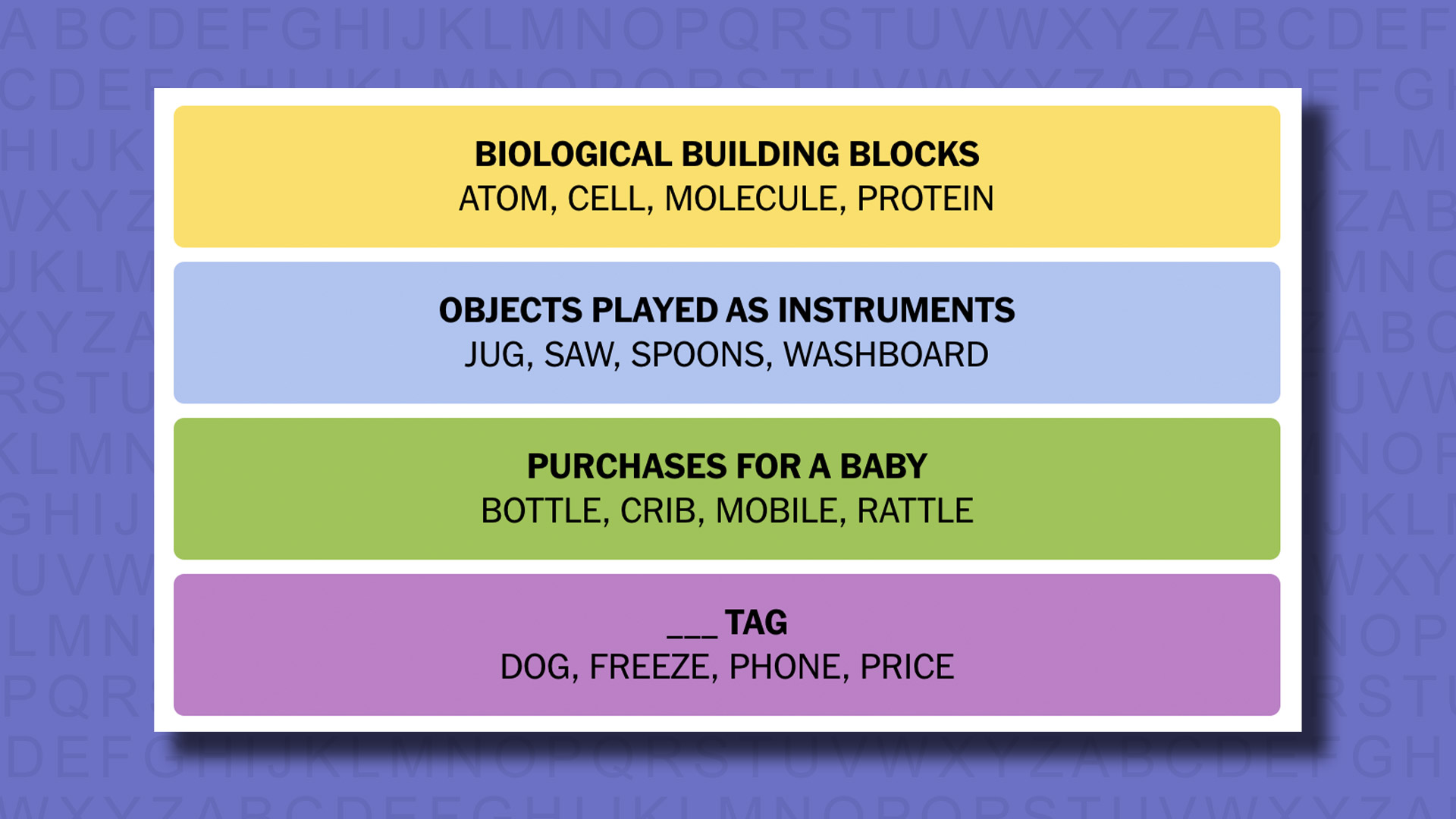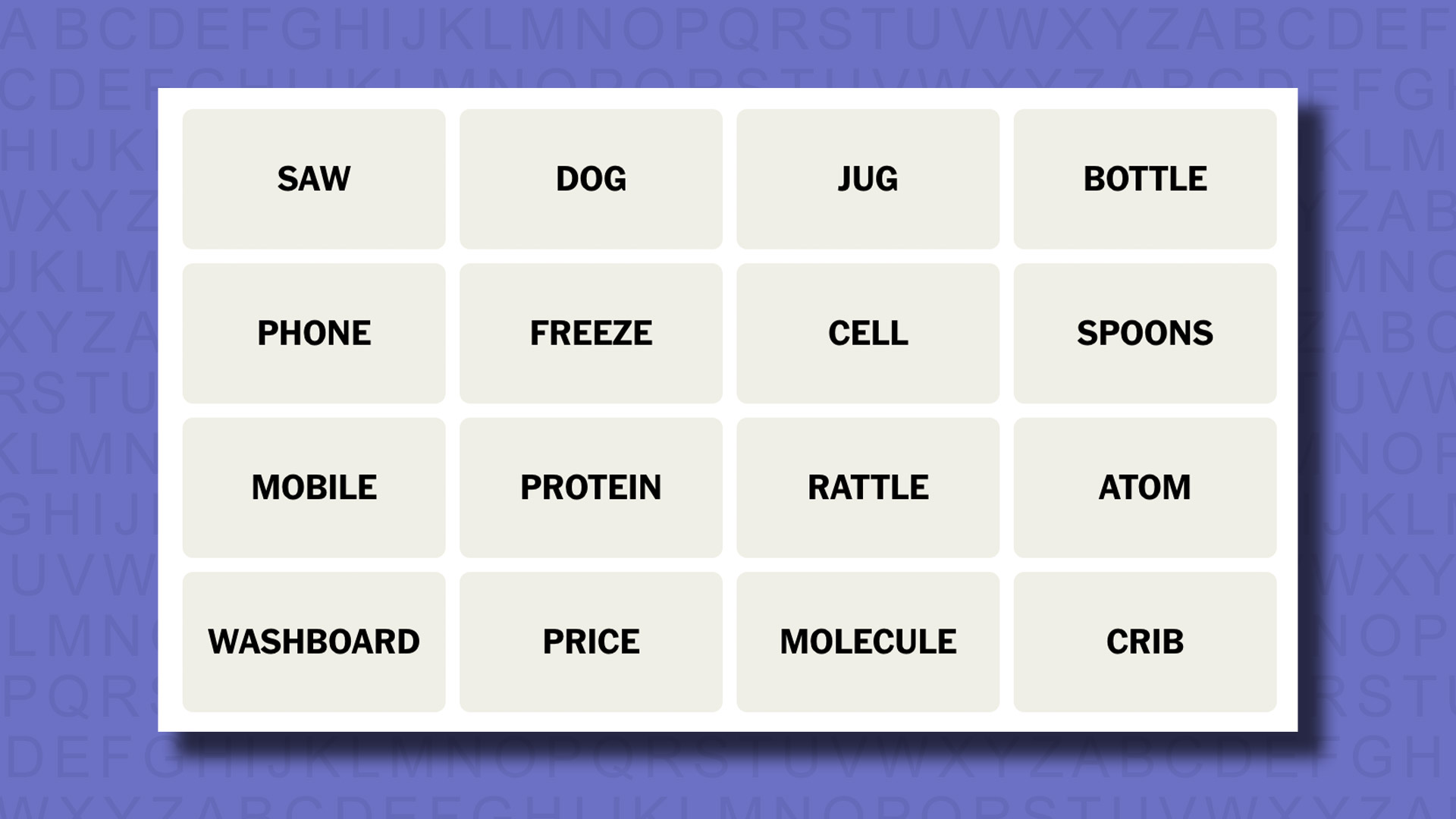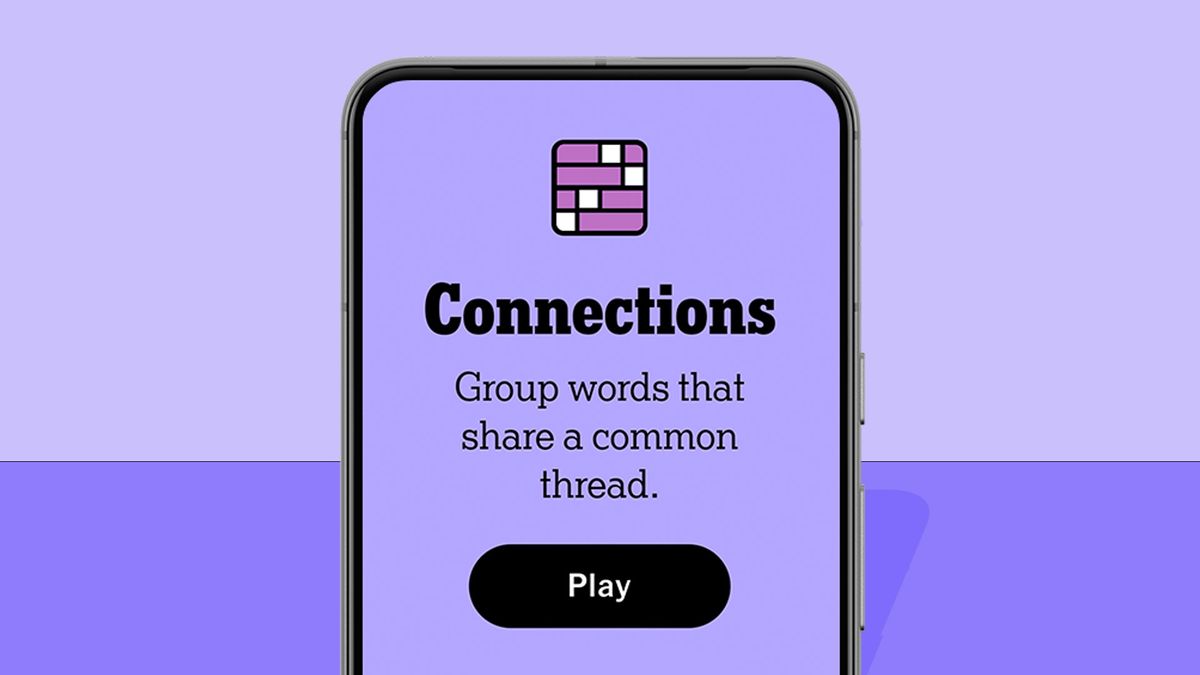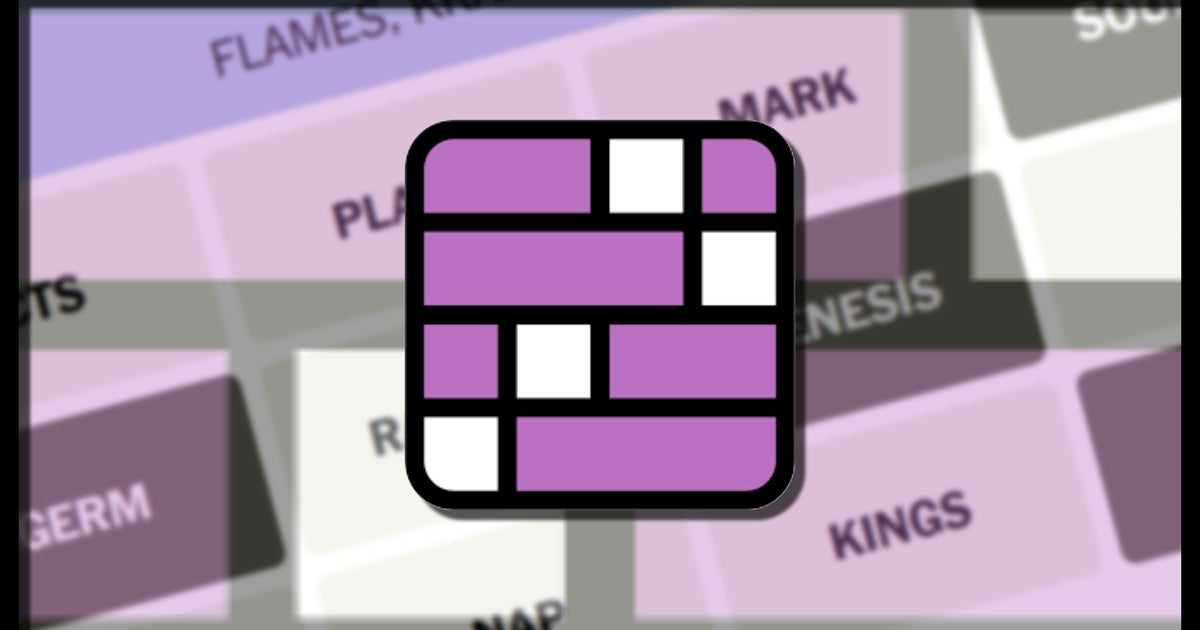
Welcome to today's unbiased and comprehensive article on the New York Times (NYT) Connections puzzle for Saturday, July 6. The NYT Connections puzzle is a popular word game created by crossword puzzle-maker Wyna Liu, where players must group 16 seemingly disparate words into four sets of four based on a common theme. Each group is assigned a color representing its difficulty: Yellow (Easiest), Green (Easy), Blue (Medium), and Purple (Hardest). A player loses the game after making 4 mistakes, and the answer is revealed automatically. Let's dive into today's puzzle.
First, let's take a look at some facts about the NYT Connections puzzle from various sources:
[Fact 1] The New York Times publishes a word puzzle game called Connections every day. [Fact 2] New York Times publishes a word puzzle game called Connections every day, created by crossword puzzle-maker Wyna Liu. [Fact 3] Players must group 16 seemingly disparate words into four sets of four, where each group has a common theme. [Fact 4] Each group is assigned a color representing its difficulty: Yellow (Easiest), Green (Easy), Blue (Medium), and Purple (Hardest). [Fact 5] A player loses the game after making 4 mistakes, and the answer is revealed automatically.
Now, let's examine today's puzzle in detail. The yellow group consists of biological building blocks: ATOM, CELL, MOLECULE, PROTEIN. The green group consists of purchases for a baby: BOTTLE, CRIB, MOBILE, RATTLE. The blue group is linked by a label or playground game: DOG, FREEZE, PHONE, PRICE. The purple group is always the most challenging and may require some creative thinking.
It's important to note that there are no mistakes in today's puzzle according to one source; however, players can make up to 4 mistakes in total. Additionally, the difficulty of each puzzle is determined by averaging the ratings provided by a panel of testers.
If you need help or emotional support while solving Connections, there is a forum available for that purpose. The Connections Companion No. 391 will be live on July 6, and it's recommended to solve the puzzle first before checking the hints and comments in the forum to avoid spoilers.
In conclusion, today's NYT Connections puzzle is a fun and engaging word game that challenges players to think creatively while grouping seemingly disparate words into common themes. With its various difficulty levels, it offers a unique challenge for all puzzle enthusiasts. Happy connecting!





